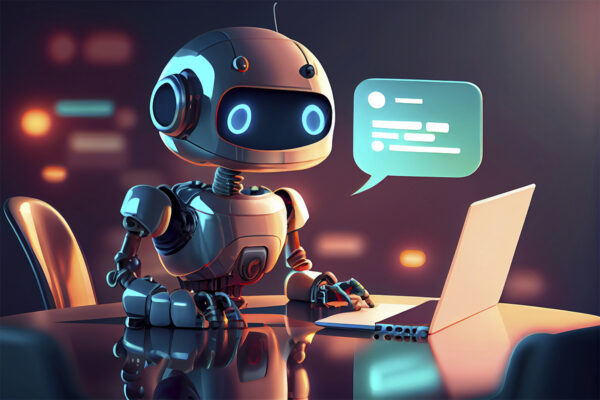The history of digital communication is a testament to human ingenuity, from the first sparks of electrical signaling to the rise of artificial intelligence. The digital communication journey has fundamentally altered how we interact, breaking down geographical boundaries and making the world more interconnected than ever before. Let’s explore the key milestones in this evolution, from the invention of Morse code to the rise of AI-driven chatbots.
Morse Code: The First Digital Language
The origins of digital communication can be traced back to Samuel Morse, an American inventor, and his creation of Morse code in the early 19th century. Morse code used a series of dots and dashes to represent letters and numbers and was designed for telegraphy. This invention allowed messages to be sent over long distances using electrical impulses. This system marked the first practical use of binary encoding and laid the groundwork for today’s digital communication systems.
By the mid-1800s, Morse code became widely used, particularly in the maritime industry, revolutionizing long-distance communication. The telegraph and its associated code were not just a technical marvel but a symbol of how communication was about to transform.
Telephones and Early Wireless Communication
The next major step in communication was the invention of the telephone by Alexander Graham Bell in 1876. While the phone still used analog signals, it laid the foundation for digital communication by enabling the transmission of voice over electrical wires. The 20th century saw further developments with the introduction of radio and television, both major innovations in mass communication.
However, the real leap towards digital communication came in the 1960s with the advent of computer networking. The development of packet switching and protocols like TCP/IP in the 1970s provided the framework for the modern internet, allowing data to be transmitted efficiently and securely over vast distances.
The Internet and Email: A New Era of Connectivity
By the late 20th century, the internet began to permeate daily life. In the 1990s, email became the dominant form of communication, replacing traditional postal services for many types of correspondence. Email’s convenience and speed represented a significant advancement over previous methods, heralding a new era of business and personal communication.
In parallel with email, instant messaging platforms began to emerge, reducing the time it took to send and receive messages. These platforms, such as AOL Instant Messenger (AIM) and ICQ, allowed for real-time communication, a precursor to today’s social media networks and chat applications.
AI Chatbots: The Future of Communication
The most recent leap in digital communication has been the rise of AI-driven chatbots. These advanced algorithms use natural language processing (NLP) and machine learning to understand and respond to human language in real-time. Chatbots are increasingly being integrated into customer service, healthcare, finance, and other industries, assisting in answering queries, processing transactions, and even diagnosing illnesses.
AI chatbots represent a shift towards more sophisticated, autonomous communication. They can simulate human-like conversations, offering personalized responses and even learning from user interactions. Companies are investing heavily in AI to enhance customer experiences, and the technology is rapidly evolving to become even more intuitive and capable.
The Future of Digital Communication
Looking forward, the evolution of digital communication shows no signs of slowing down. Innovations such as 5G networks, augmented reality (AR), virtual reality (VR), and advanced AI continue to push the boundaries of what’s possible in human interaction. As the digital world becomes more immersive and interconnected, physical and virtual communication lines will continue to blur.
From the simplicity of Morse code to the complexity of AI chatbots, the evolution of digital communication is a journey that has fundamentally changed the way humans connect. What began as a series of electrical pulses has transformed into a dynamic, interactive, intelligent global network. And as technology advances, it will shape the future of communication in ways we can only begin to imagine.




